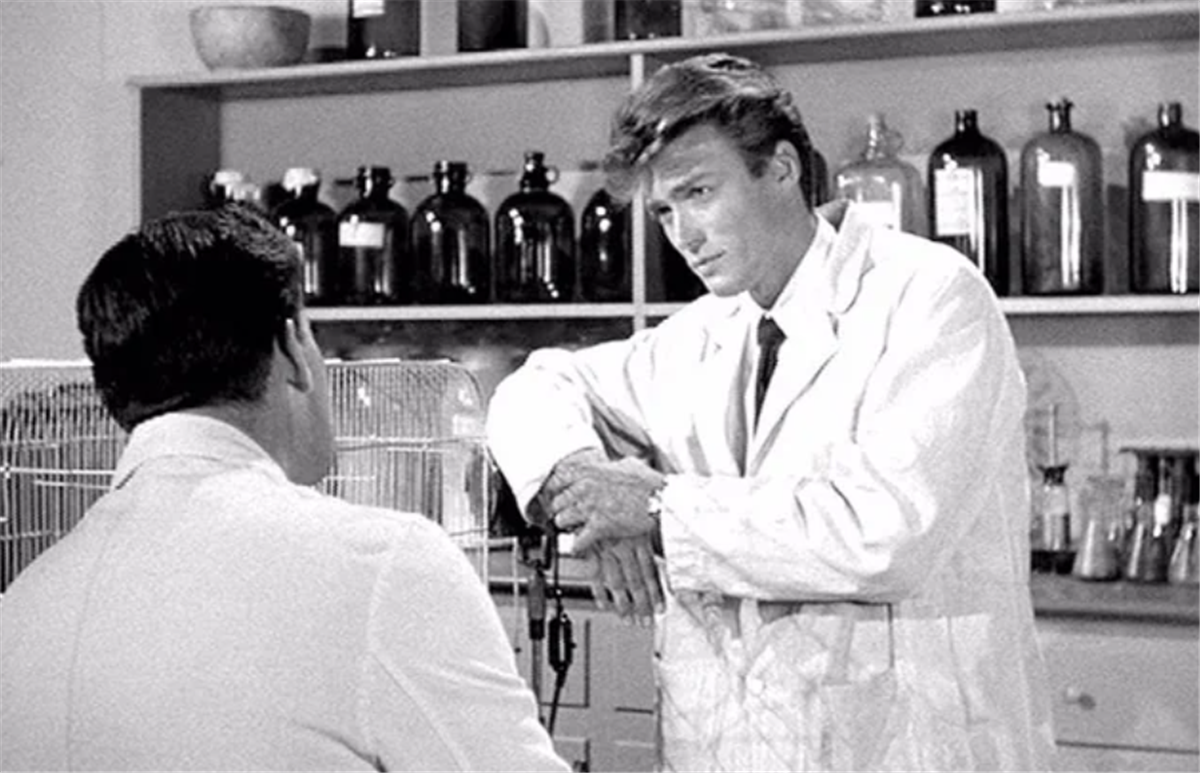Clint Eastwood might have made his name in Hollywood as the man without one in Sergio Leone’s Classic Dollars trilogy, but he’s now arguably more celebrated as a multi-faceted movie director. Eastwood has directed a total of 38 feature films, and he’s not done yet.
These movies include two of the great modern westerns, Pale Rider and Unforgiven, neo-noir classic Mystic River and boxing epic Million Dollar Baby. Latterly, Eastwood has specialised in directing a wide-ranging set of biographical movies, from Invictus, which focuses on Nelson Mandela’s early years as South African president, through J. Edgar, American Sniper, Sully and The 15:17 to Paris, to Richard Jewell.
However, despite his command of a range of cinematic genres and the tonal versatility of his filmmaking, Eastwood didn’t actually start directing pictures until he was in his early 40s. He finally did so via the intervention of his financial advisor Irving Leonard, who helped him cofound his own production company called Malpaso, after the creek close to where Eastwood served in the US Army.
Leonard’s final act in the movie industry before his death in December 1969 was to ensure that Eastwood would get a script that would allow him to direct his first feature film with the degree of artistic control he wanted. He found it via Universal Pictures producer Ross Hunter, who had recently acquired the rights to the script for a prospective psychological thriller written by future Dirty Harry writer Jo Helms.
So, what was the movie called?

The script was built around the musical motif of the 1954 jazz standard ‘Misty’. It was called Play Misty for Me and told the story of DJ Dave Garver’s romantic entanglement with a crazed listener called Evelyn Draper.
Eastwood plays Garver in the male lead role, with Jessica Walter starring opposite him as Evelyn. The film was relatively well-received when it came out in cinemas in 1971, although critic Roger Ebert noted that it didn’t have the artistry of a classic Alfred Hitchcock thriller.
On the experience of trying his hand at directing for the first time, Eastwood said he had “to learn the hurdles and the obstacles the director faces and the concentration it takes.” At the same time, he was champing at the bit to get started “after seventeen years of bouncing my head against the wall” as an actor.
“I stored away all the mistakes I made and saved up all the good things I learned,” Eastwood added, “And now I know enough to control my own projects and get what I want out of actors.” During the decade that followed, Eastwood refined his directing technique to the point where he was ready to make his first masterpiece. If there’s an example in Hollywood of someone who’s worked painstakingly at their craft, it’s the actor who started out as The Man with No Name and is now one of the town’s most celebrated directors, six decades on.
